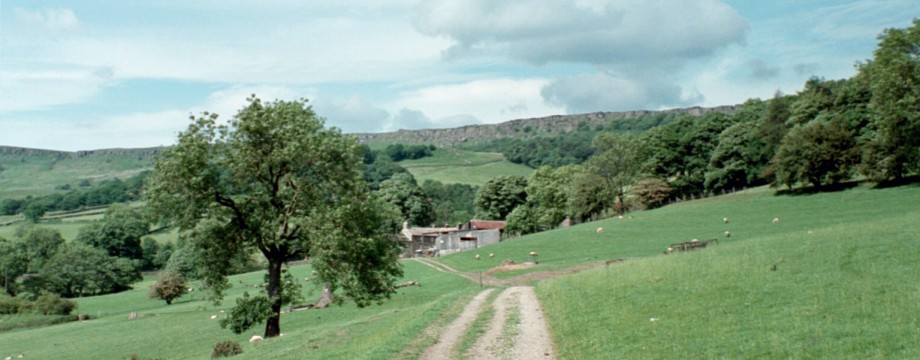 These past months many of the books I’ve opened have provided new views into pilgrimage – refining and rekindling my own vision of this type of journey. If you are looking for some ways into pilgrimage – whether a journey to a foreign land or a journey through life. Here are a few suggested readings.
These past months many of the books I’ve opened have provided new views into pilgrimage – refining and rekindling my own vision of this type of journey. If you are looking for some ways into pilgrimage – whether a journey to a foreign land or a journey through life. Here are a few suggested readings.
In Search of Deep Faith: A Pilgrimage into the Beauty, Goodness and Heart of Christianity, Jim Belcher
Thus says the Lord: “Stand by the roads, and look,and ask for the ancient paths,where the good way is; and walk in it, and find rest for your souls. – Jeremiah 6:16
After finishing the narrative of this pilgrimage to articulate faith, to rest, and to build a foundation for a family, I wanted even more to head out on such a journey. Quickly I was thinking about who to invite, where we would go, the focus of the time, and more. However, the journey that Belcher lays out is not only about going to lands away from home, but into the faith lives before us today. So this is where I left this book. Exploring my own search for faith – and in the back of my mind planning the next pilgrimage.
Visions of Vocation: Common Grace for the Common Good, Steven Garber
This is not a head-in-the-sand, idealized view of vocation, but one of taking an honest look at the world around us – where God has placed us, with whom he has placed us, and who we are. Garber references Walker Percy’s concept of “pilgrim in the ruins.” In our lives we are on a sacred journey, but it’s not paved in gold with step-by-step directions laid out for us. Instead it’s through the reality of the brokenness of this world, including ourselves, that we find the grace of vocation.
Pilgrimage of a Soul: Contemplative Spirituality for the Active Life, Phileena Heuretz
“It’s a story of awakening, darkness and transformation. It’s a story of being born. It’s a story of striving to be free. As a Christian it is a story of ongoing transformation in the image of Christ.”
Phileena Heuertz’ contemplation of her sabbatical takes readers through the journey walked and the struggles and transformations that she entered along the way – through God’s grace. Don’t think you have time or need to take time for contemplation? Heuretz story shows how this seemingly quiet practice is essential, especially for those of us in the midst of an active life.
Wayfaring: Essays Pleasant and Unpleasant, Alan Jacobs
“I love the essay primarily because it is the genre par excellence of wayfaring.” This book is an excellent example of wayfaring through writing and literature as Jacobs’ readings and musings open up new avenues of thought and adventure.
Booked: Literature in the Soul of Me, Karen Swallow Prior
“I have carried this book and many, many others, all these years. And they have made me who I am.” It was wonderful to journey with Prior through her life with books – Charlotte’s Web, Tess of the D’Urbervilles, Madame Bovary, and more. So many people have been made by books and all the worlds they contain. This is a great way to get to know someone, even ourselves, and to set out on a journey.
Holy is the Day, Carolyn Weber
Carolyn Weber takes readers through a journey of living in the present, not because everything was going so well that she wanted to capture the unambiguous happiness of life, but because even in the pain – which she details through several physical and emotional struggles – there is something to realize as a gift beyond ourselves. I was drawn to her story – that of an English professor in the throes of tenure, sabbatical, publishing, raising a family, and seeking to follow God. Into this story she weaves poetry and prose – Chesterton, Lewis, Donne, Coleridge, Blake, Keats, Sayers – along with scripture – Daniel, Jonah, Jesus, Peter, Paul, Mary – providing a rich context for living.
So pilgrimages – journeys of transformation through stories of meaning. The paths can be through literature, our vocations, life challenges and more. Above all, God’s grace guides us as we are open and aware to see the steps before us. What readings have encouraged your thoughts on pilgrimage?



